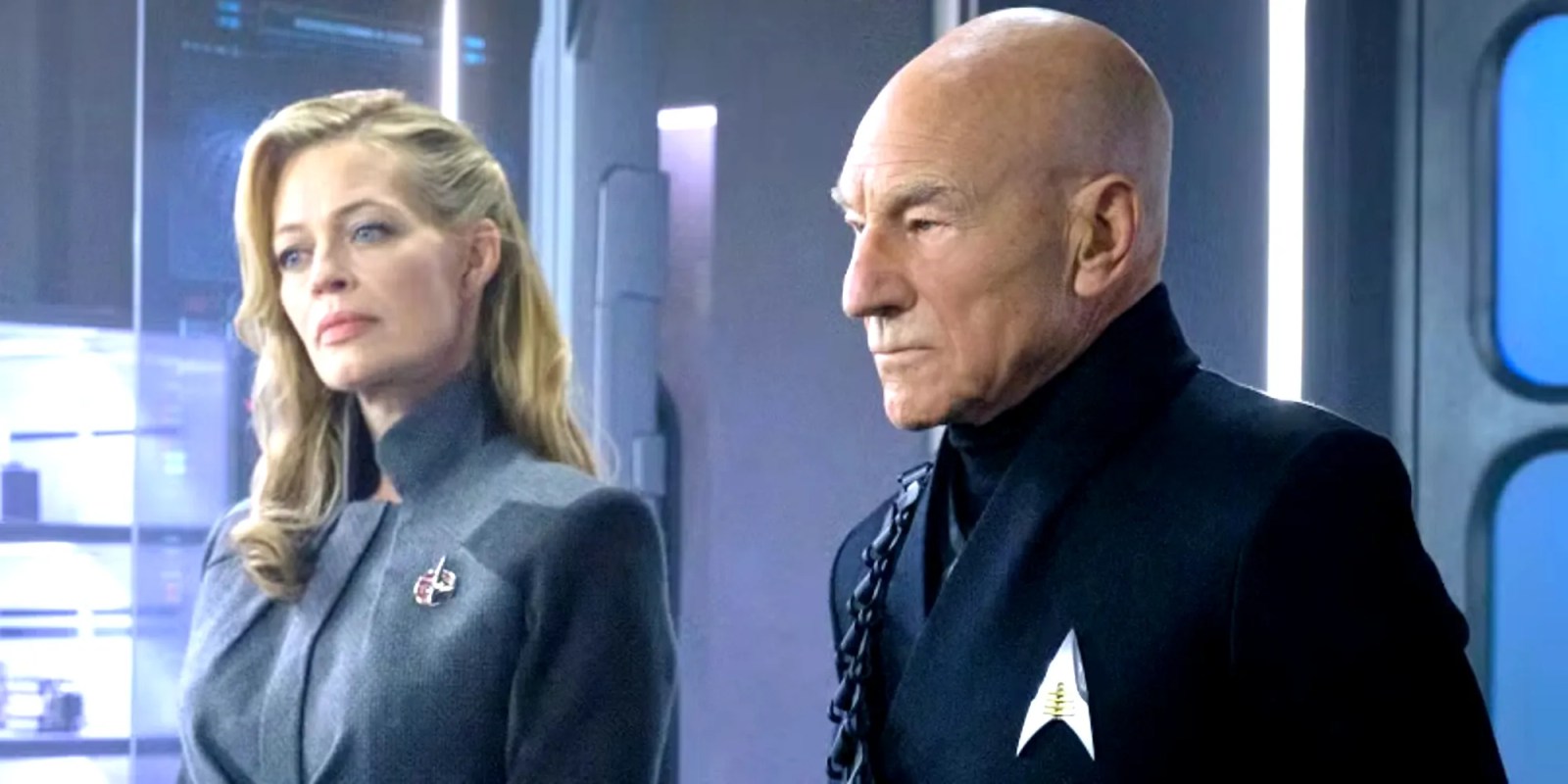
The first time that I encountered a version of ‘Frankenstein’ it was in the form of a stage play too advanced for my susceptible, seven-year-old imagination. Later that night, and then again over the nights that followed, I hallucinated a bald, green-tinged man climbing in through the window of the bedroom that I shared with my younger brother. “Victor… Victor… ” he muttered in a sinister whisper while I lay frozen in my bed, too scared to speak.
This unlocked a primal fear that was beyond my capacity to describe. Still, it is not something I have remembered often. On beholding Guillermo del Toro’s counter-interpretation of the cause of my earliest nightmares, I realised that he had resolved a question that most of us don’t dare to explore. He has done so by increments, mounting production after production – before and after his breakthrough in 2006’s Pan’s Labyrinth – that rehabilitates the monstered “other” by tracing the darkness back to ourselves.
Get more Little White Lies
The child is father of the man, so this is where del Toro begins his faithful yet engorged adaptation of the classic 1818 novel by 20-year-old Mary Shelley. Her unusually rich education enabled her to see with searing clarity the fates awaiting women of her era. Not so for young Victor Frankenstein (Christian Convery), whose vision clouds irrevocably when his mother dies in childbirth, leaving him in the care of his authoritarian surgeon father (Charles Dance).
“Part of the universe had been hollowed out and the firmament was now permanently dark,” Victor’s older self (Oscar Isaac) narrates. The screenplay is swollen with rich, melancholic turns of phrase. Del Toro has combined his original writing with Shelley’s prose such that there are no visible stitching marks to betray the fusing of their two souls. Equally – as those of us who loved his occasionally maligned Crimson Peak well know – the ornate particularity of Victorian English is a perfect foil for his visual language. The consummate builder of fantasy worlds has met his match in a story about creation that spans from heaven to hell. Even during the slower first half of the film, there is electricity in the air, for the sweep of the picture is so wholly encompassing. Stray details may be breathtaking (ebony and ivory coffins carved as facsimiles of their occupants) or macabre (a laboratory floor sluiced red with human meat) but they never interfere with the unfolding spell of the film.
Repressed child Victor grows into manic adult Victor (Isaac), a doctor obsessed with reversing death. His presentation in the centre of a panopticon to the Royal Society of Medicine tribunal offers a glimmer of what he can do. For us, it is a glimpse into a crystal ball. DoP Dan Laustsen captures a gorgeous shaft of natural light and the camera whooshes around the space like an omniscient force as Victor takes delight in permanently switching off the twitching body of a test subject. This is a man who is not interested in life so much as his own power over it.
All at the tribunal are scandalised, save for the né’er-do-well arms manufacturer Harlander (a muted Christoph Waltz), who becomes his benefactor, setting in motion two fateful encounters. One is with a space – a remote and statuesque old water tower. Full of vast, drafty rooms, a stone Medusa and huge steampunk wheels and chains, this proves the ideal station for experimenting with new life using constituent parts of dead soldiers gleaned from the battlefields of Crimea.
The other encounter is with Harlander’s trapped butterfly of a niece Elizabeth (Mia Goth), who is engaged to Victor’s brother William (Felix Kammerer). This early courtship with character and themes overflows with tactile details that pop and dance and prime the senses to be sensitive. There is a gold-leaf book cover, a metal-tipped cane that unscrews. There are glass vials and bone skulls and clanking, whirring, hissing things. When the bolt of lightning comes and the Creature is born, it is into a film world already so vivid with moving parts. Even the imperfect CGI work makes sense in this tale of the life you can build from separate parts.





